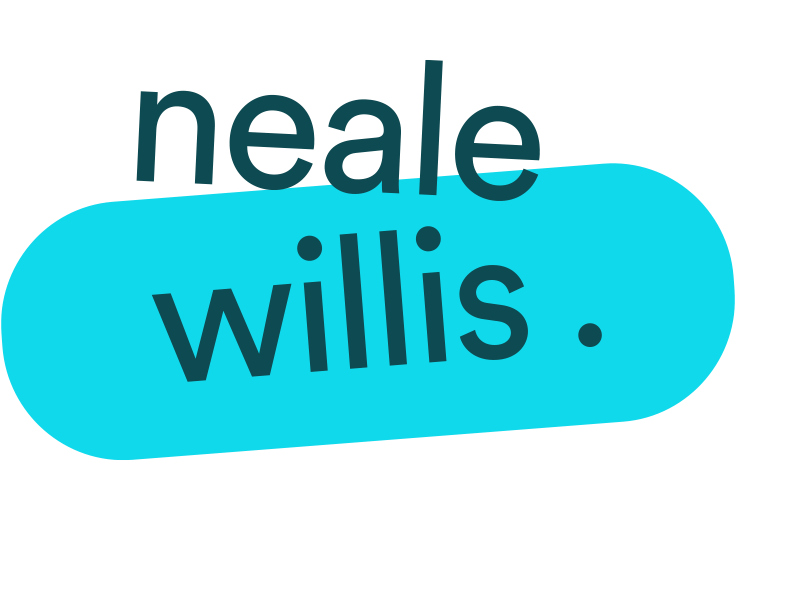Exinity
As an innovative wealth management solution helping millennials in emerging markets achieve financial freedom, Exinity World offers a mobile first experience to trading for beginniers and advanced users alike.Responsibilities
– Design system– Visual design
– Interaction design
– Art direction
– Iconography
– Typography
Below is a presentation made to the business showcasing the value of implimenting a robust design system, not only to the design team, but development and business alike.
Highlights include tokenisation aligning design with development, simplifying design assets and optimising readability, accessibility and overall clarity improving usability.
Best viewed fullscreen on mobile.
Highlights include tokenisation aligning design with development, simplifying design assets and optimising readability, accessibility and overall clarity improving usability.
Best viewed fullscreen on mobile.
Joining the UX team at Exinity, my role was split into three key objectives: better develop aspects of product’s design through the various product development teams, develop a design system alongside evolving visual design, and contribute to the UX team’s on-going work.
Key outcomes:
A. Identifying opportunities to:
B. Working with the design system offered me the opportunity to:
C. Offering support to on-going UX work progressing the product by offering solutions that:
Key outcomes:
A. Identifying opportunities to:
- bring together UX, Product Management and Engineering teams design understanding with a single point of reference
-
reduce design and development overheads by identifying duplication of effort and extraneous assets
- improve communication of needs between Product Management, Business, Engineering and Design through the collabarative development of a Design Brief
- develop and motivate buy in to the design system and communicate its progress to Product Management and Engineering teams
B. Working with the design system offered me the opportunity to:
- identify the core principles of design for Exinity
- offer flexible and scalable interaction models by identifing and addressing design issues such as:
- accessibility
- visual structure
- typography
- colour understanding and management
- iconography
- UX copy
- bring visual and interaction design inline with the Exinity brand vision
C. Offering support to on-going UX work progressing the product by offering solutions that:
-
communicate complex concepts clearly, quickly and simply
- explore potential new features with ideation sessions and feature mapping
-
address pain points through data analysis, user interviews and testing to iterate solutions
| Project: | Design System Visual design UI/UX design |
| Client: | Exinity |
| Head of UX Design: Sarah Parker | |
